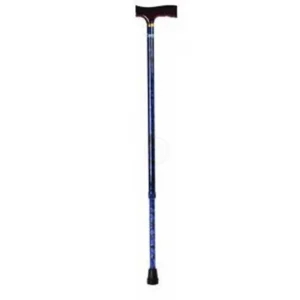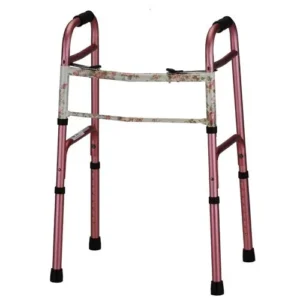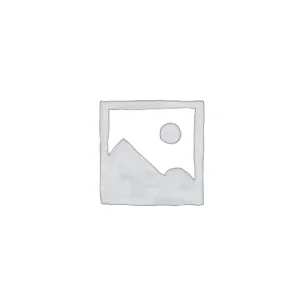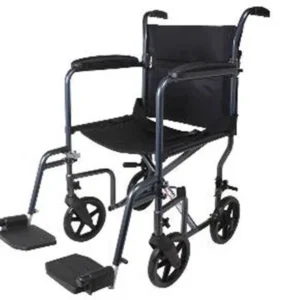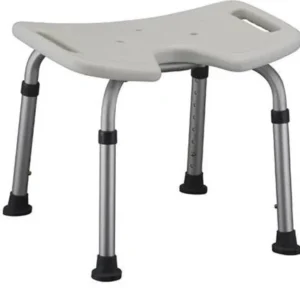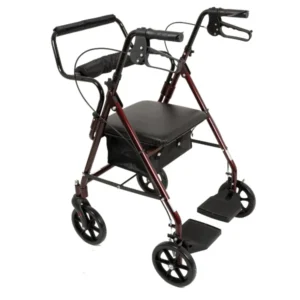Senior Care — How to Prevent Falls at Home

- December 21, 2023
Fall prevention is a vital part of caring for seniors who live at home. Falling in the house is one of the most significant risks to adults over the age of 65. Unfortunately, falling can result in serious injuries that impact a senior’s mobility, quality of life, and homecare. In some cases, a broken hip or other bone could require major surgery.
If you are caring for an aging loved one, you can do much to prevent falls at home. In most cases, installing grab bars, reducing trip risks, and adapting bathrooms are the essential ways to eliminate the chances of falling. However, there are more things you can do to make the home safer for a senior person.
The Dangers of Falling at Home
According to studies, falls in the home are among the most common and serious issues among seniors. Statistics show that over 30 percent of over 65s fall every year. From these incidents, 10 percent of falls result in serious injuries requiring hospitalization.
Risk factors for falls include the following:
- Balance impairment
- Reduced muscle strength
- Poor eyesight
- Arthritis
- Taking more than four medications
5 Ways How to Prevent Falls at Home
Let’s look at some simple ways to reduce fall risks and prevent serious injury to an aging loved one.
1. Install grab bars
Grab bars are easy to install and can help seniors from falling. Grab bars also allow seniors to remain independent by helping them to feel more confident about moving around the home. It’s vital to ensure that the bars are professionally installed and suitable for the person.
2. Adapt bathrooms to make them safer
Bathrooms pose a significant risk for falling. Wet floors are easy to slip on, and bathroom installations—baths, sinks, and toilets—are usually hard, unforgiving surfaces if you fall on them.
First, grab bars are essential in a bathroom. Second, it’s vital to have non-slip mats with rubberized backing to prevent slipping. Also, make sure that the shower or bathtub has a non-slip surface.
Other essential bathroom items to prevent falling include a shower seat and a raised toilet seat.
3. Improve lighting
Adding lighting in a home is a great way to prevent tripping and falling. It’s a good idea to make sure that there’s a light switch at each doorway. Also, motion sensors that automatically turn on lights can help a senior navigate the house when it’s dark outside.
4. Eliminate tripping hazards
Make sure all trip and slip hazards are removed from the home. These hazards include electric cords, throw rugs, or worn carpeting. Make sure that any carpets or rugs are securely fixed to the floor.
Top tip for senior homecare: Remember that wooden and tiled surfaces have a greater risk for falling than carpets.
5. Improve stairway safety
Stairs in a home are a significant risk. So, make sure that handrails are securely fixed to the wall. Additionally, steps should have a non-slip surface and be well-lit. In some cases, installing a high-quality stair lift is one of the best options to increase safety and reduce a senior’s risk of falling at home.

